US Stocks Retreat Amid Global Easing Speculations, Tesla Faces China Challenge, and Currency Trends Signal Economic Concerns | Daily Market Analysis

Key events:
- USA - ISM Manufacturing PMI (Dec)
- USA - ISM Manufacturing Prices (Dec)
- USA - JOLTs Job Openings (Nov)
- USA - FOMC Meeting Minutes
On Tuesday, US stocks experienced a retreat, relinquishing a portion of the substantial gains from the previous year, as investors anxiously awaited the release of crucial economic data to validate the anticipated trajectory of lower interest rates in the current year.
The Dow Jones Industrial Average saw a decline of 23 points or 0.1%, the S&P 500 traded lower by 28 points or 0.6%, and the NASDAQ Composite dropped by 205 points or 1.4%.
In 2023, the three major indices had an impressive performance, capitalizing on heightened expectations that the Federal Reserve would commence interest rate cuts in the first quarter, potentially leading to a soft landing for the economy.
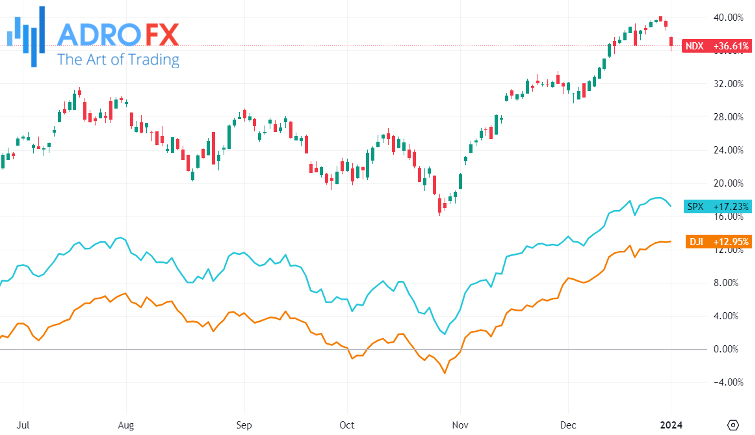
The benchmark S&P 500 posted an annual surge of just over 24%, concluding the year with a remarkable streak of nine consecutive winning weeks – its best performance since 2004. The tech-centric Nasdaq Composite skyrocketed by 43%, propelled partly by the strength of mega-cap stocks and growing enthusiasm for the potential applications of artificial intelligence.
The 30-stock Dow Jones Industrial Average witnessed a nearly 14% jump, supported by seven record closing levels as the year came to a close.
The prevailing market force remains the anticipation that 2024 could initiate a global easing cycle, and investors are poised to navigate through a barrage of crucial economic indicators leading up to the Federal Reserve's March meeting.
The series of economic readings commenced with a disappointing US manufacturing Purchasing Managers' Index (PMI), confirming the persistence of contraction in this vital sector throughout December. The focus now shifts to the upcoming release of the minutes from the December Federal Reserve meeting on Thursday.
However, the spotlight will be on Friday's nonfarm payrolls data for December, which is expected to reveal a decline in the number of jobs created during the final month of 2023 to 163,000, down from just under 200,000 the previous month.
In the corporate realm, Tesla Inc (NASDAQ: TSLA) saw a 1% decline in its stock despite achieving a record number of vehicle deliveries in the fourth quarter and reaching its 2023 target of 1.8 million units, aided by increased discounts on key models. Tesla faces growing competition in China, the world's largest auto market, as BYD (SZ:002594) reported a record production of 526,000 battery-powered cars in the fourth quarter and over 3 million new EVs and hybrids in 2023, surpassing Tesla for the second consecutive year.
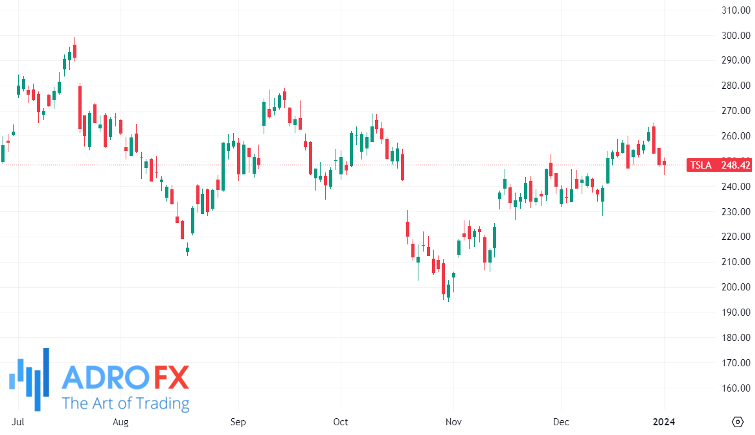
Apple's (NASDAQ: AAPL) stock experienced a decline of over 3% following Barclays' decision to downgrade the tech giant from 'equal weight' to 'underweight.' The downgrade expressed concerns about an extended period of weak results and questioned the sustainability of potential multiple expansions.
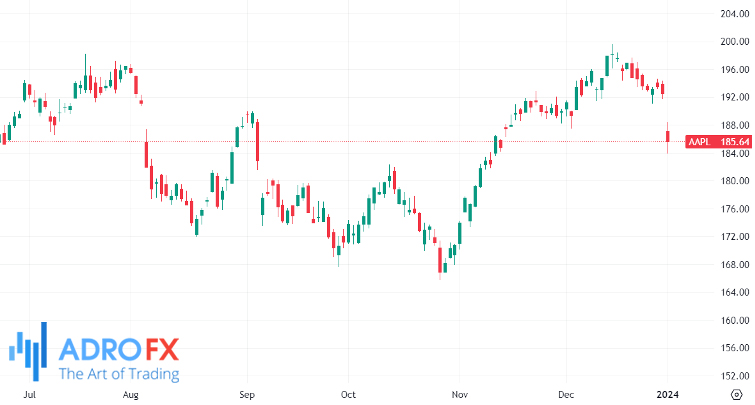
As the 2024 trading year kicks off, the Canadian Dollar continues its retreat, registering near-term declines of a full percentage point against the US Dollar in the first trading week of the new year.
The Canadian S&P Global Manufacturing Purchasing Managers' Index (PMI) witnessed accelerated declines on Tuesday, hitting a 43-month low, reflecting the ongoing deterioration in the Canadian economic outlook. Simultaneously, the US Manufacturing PMI component also fell below expectations, contributing to subdued market risk appetite and supporting the US Dollar amid risk aversion.
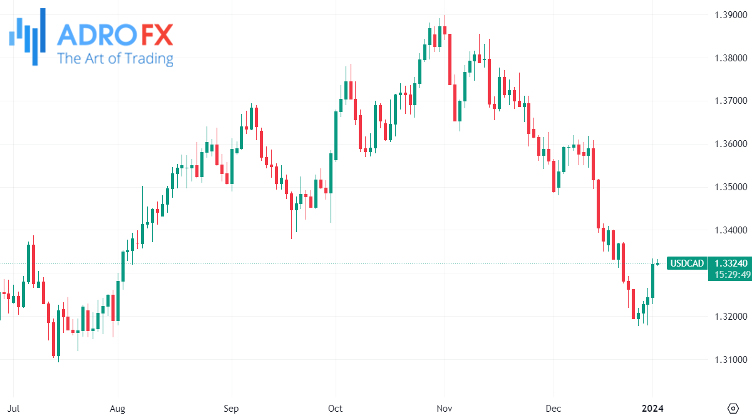
The Pound Sterling faced a significant sell-off following the release of a weaker-than-anticipated S&P Global Manufacturing PMI for December. The factory data, remaining lower at 46.2 compared to expectations and the previous reading of 46.4, indicates a contraction in economic activities. This marks the 17th consecutive month the Manufacturing PMI has remained below the 50.0 threshold.
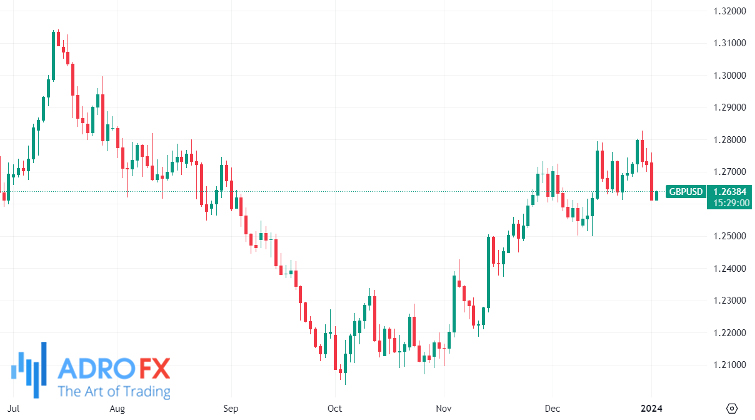
S&P Global commented on the UK manufacturing scenario, noting that "manufacturing output contracted at an increased rate at the end of 2023." The demand outlook remained subdued, with new orders declining further, especially in both the domestic market and key export markets like the EU. The downturn has negatively impacted manufacturers' confidence, hitting its lowest level in a year and prompting renewed caution with additional cutbacks to stock levels, purchasing, and employment.
The US Dollar initiated trading at 102.10, marking a significant uptick in the index. This upward movement is likely attributed to the markets awaiting direction and investors seeking refuge in the USD ahead of the release of key labor market reports scheduled for this week.
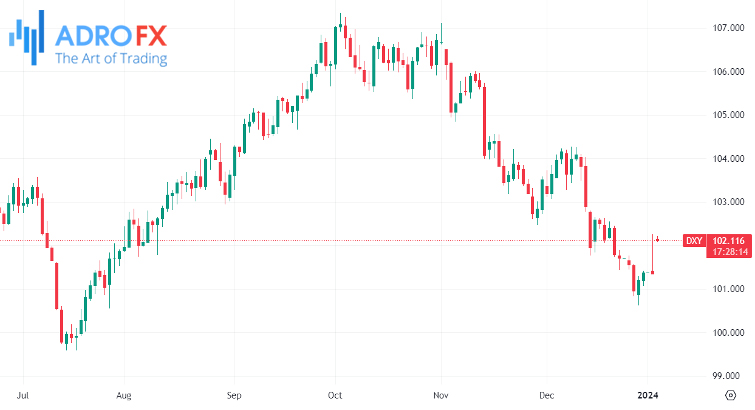
In the last meeting of 2023, the Federal Reserve adopted a dovish stance, expressing optimism about easing inflation trends and ruling out rate hikes in 2024. Despite an indicative forecast of a 75 basis points easing, future actions are subject to change based on incoming data, such as the imminent release of the December labor reports. Market speculations for March and May anticipate rate cuts, with modest odds for the easing cycle to commence in the upcoming January meeting, potentially placing constraints on the USD's momentum.









